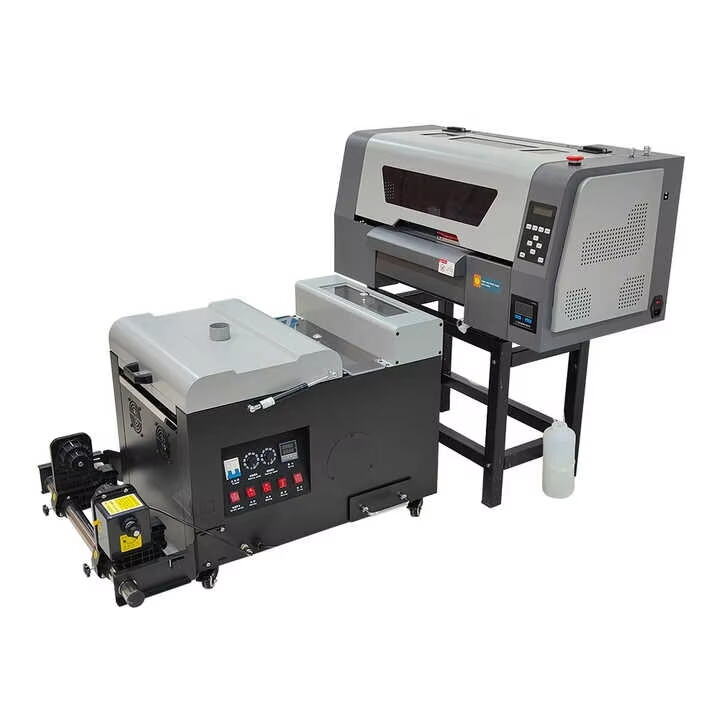vacuum exposure unit
A vacuum exposure unit is a sophisticated piece of equipment essential in the photolithography process, primarily used in printed circuit board (PCB) manufacturing and other industrial applications. This advanced system combines precise light exposure with vacuum technology to ensure optimal contact between the artwork film and the photosensitive surface. The unit features a high-intensity UV light source, typically utilizing LED or mercury vapor lamps, which provides consistent and uniform illumination across the entire exposure area. The vacuum system creates an airtight seal between the artwork and substrate, eliminating air gaps that could compromise image quality. The unit's digital control panel allows operators to precisely adjust exposure times, vacuum pressure, and light intensity, ensuring repeatable results. Modern vacuum exposure units often incorporate features such as programmable memory settings, automatic exposure calculations, and built-in cooling systems to maintain optimal operating temperatures. The equipment's robust construction typically includes a heavy-duty frame, light-proof exposure chamber, and safety interlocks to protect operators from UV radiation. These units are available in various sizes to accommodate different production requirements, from small-format prototyping to large-scale industrial manufacturing.


